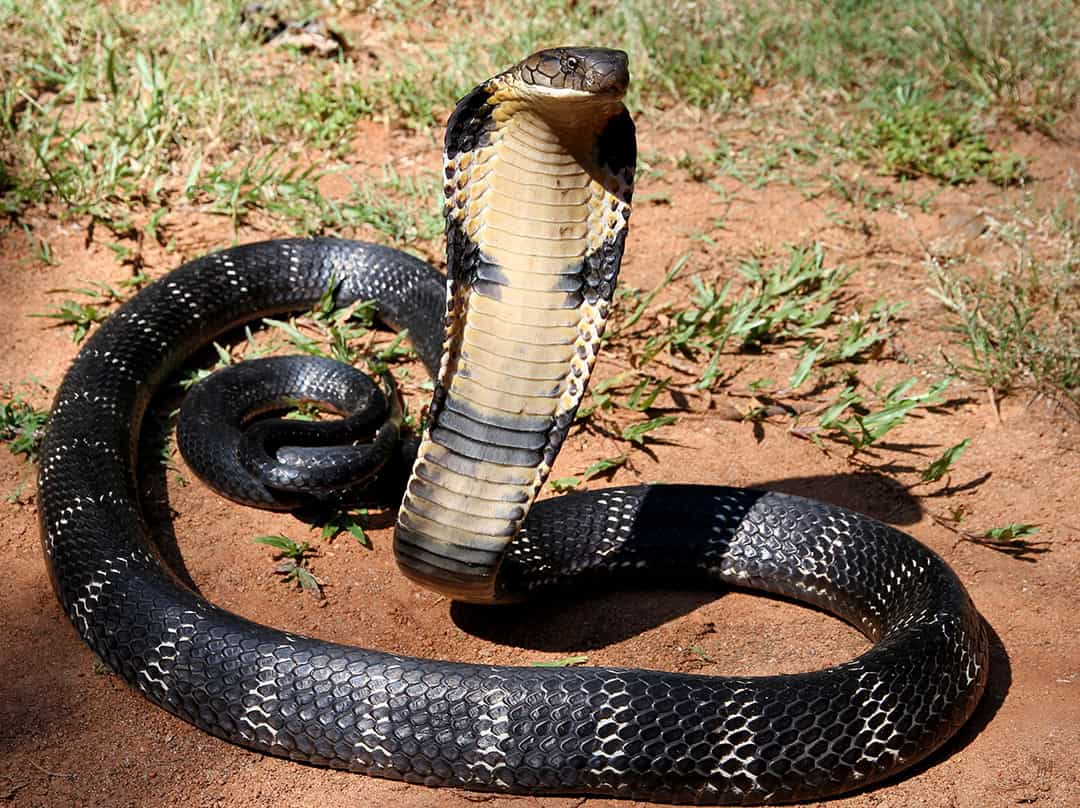Snakes are among the most fascinating and misunderstood creatures on the planet. Their sleek bodies and silent movements evoke a mix of awe and fear. Perhaps nothing is more chilling than encountering one of the world’s most venomous snakes. Though not all snake species pose a threat to humans, many possess venom that can incapacitate or even prove fatal. This article will delve into the captivating world of venomous snakes, exploring the characteristics and dangers each species presents.
Understanding Snake Venom

Snake venom is a complex mixture of proteins and enzymes that can affect blood, nerves, or muscles. Depending on the snake species, the venom can be neurotoxic, hemotoxic, cytotoxic, or a combination of these. Some venoms disrupt nerve signals, causing paralysis, while others can cause blood clotting issues or even tissue necrosis. Studying these compounds has not only aided in antivenom development but also contributed to medical discoveries.
11. Inland Taipan (Oxyuranus microlepidotus)

The Inland Taipan tops the list as the most venomous snake in the world. Endemic to the semi-arid regions of central Australia, its venom is primarily neurotoxic, affecting the nervous system and causing paralysis. Remarkably, the taipan’s venom is up to 50 times more potent than that of the Indian cobra, and a single bite can kill a human within an hour if not treated.
10. Eastern Brown Snake (Pseudonaja textilis)
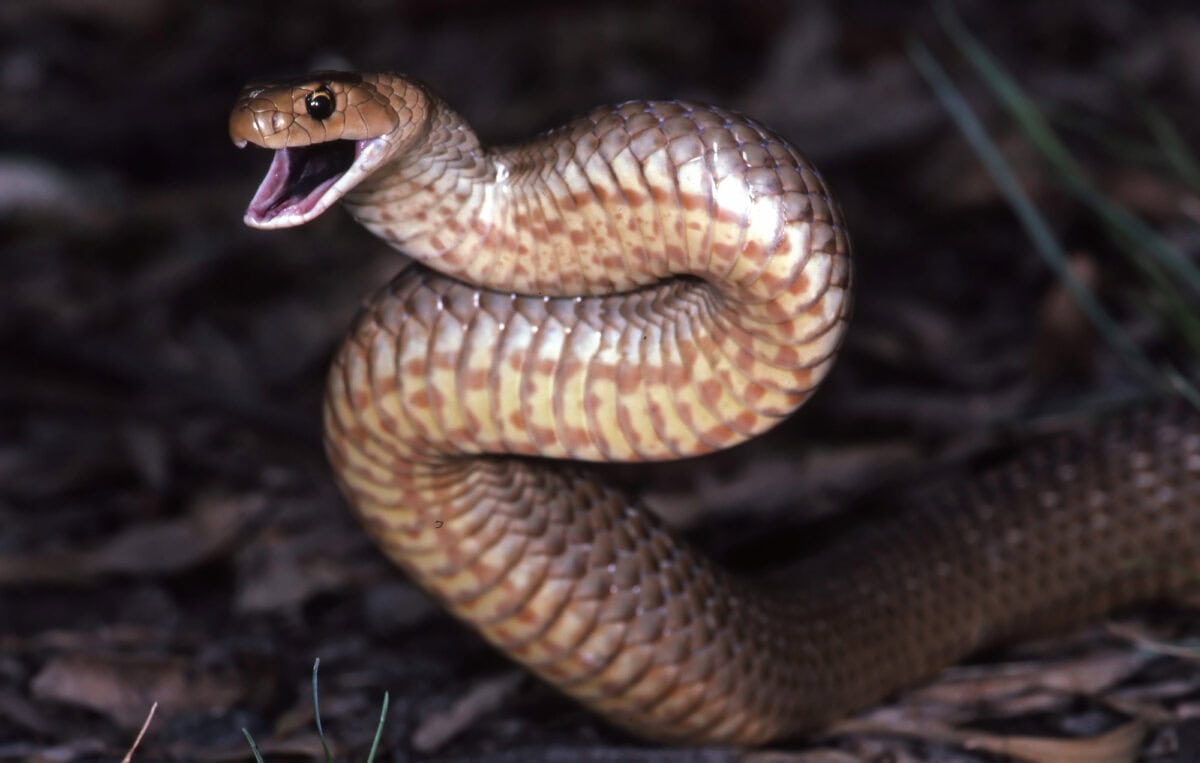
Common in Australia, the Eastern Brown Snake is responsible for more snakebite fatalities in the country than any other species. Its venom is highly toxic and can cause severe bleeding disorders, paralysis, and kidney damage. Despite its potency, this snake prefers to flee when confronted but will defend itself aggressively if cornered.
9. Coastal Taipan (Oxyuranus scutellatus)
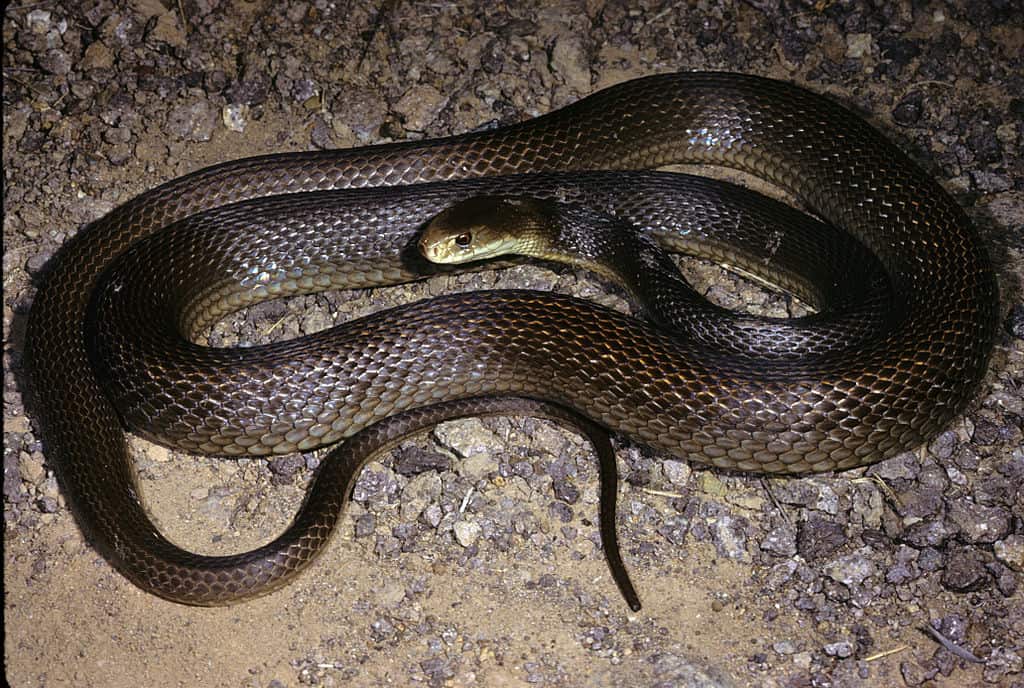
Also native to Australia, the Coastal Taipan boasts exceptionally potent venom with neurotoxic and coagulant effects. This snake is fast and agile, capable of delivering multiple bites in a single strike. Quick medical response is crucial, as its venom can induce symptoms rapidly, leading to paralysis and internal bleeding.
8. Black Mamba (Dendroaspis polylepis)
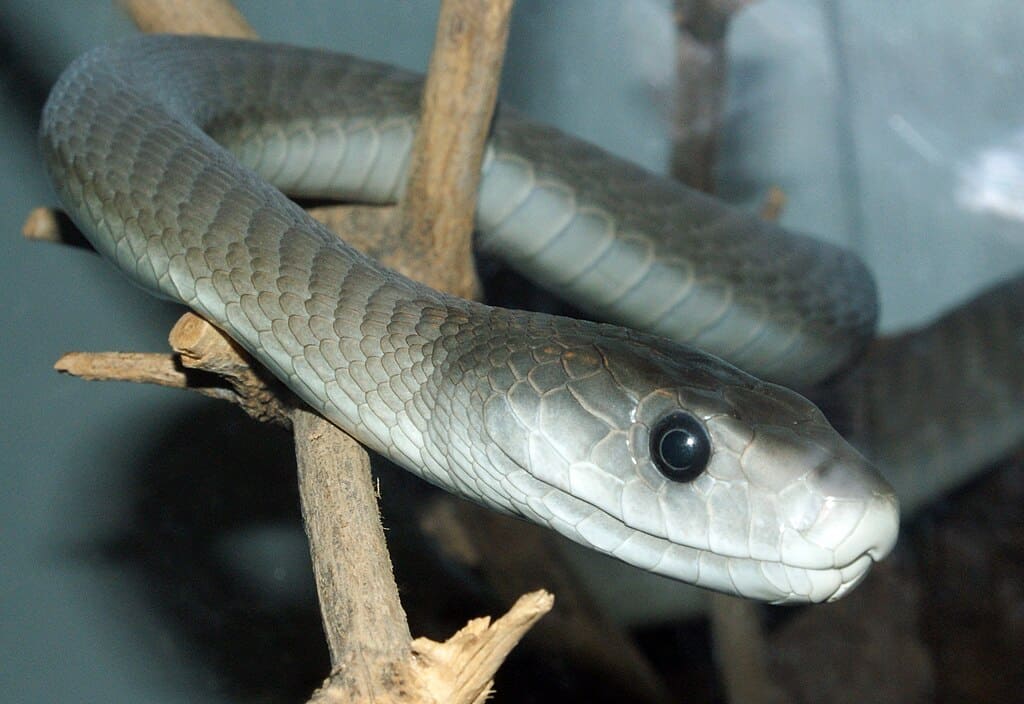
The Black Mamba, native to sub-Saharan Africa, is famed for its speed and lethal venom. Known as the “kiss of death,” its venom contains a blend of neurotoxins and cardiotoxins that can cause respiratory failure. Without treatment, mortality rates from Black Mamba bites can be as high as 100%.
7. Dubois’ Sea Snake (Aipysurus duboisii)

Inhabiting the warm waters of the Indian and Pacific Oceans, Dubois’ Sea Snake is the most venomous sea snake and one of the most venomous snakes overall. Its venom contains potent neurotoxins, but sea snake bites are rare due to their generally non-aggressive nature.
6. Eastern Green Mamba (Dendroaspis angusticeps)
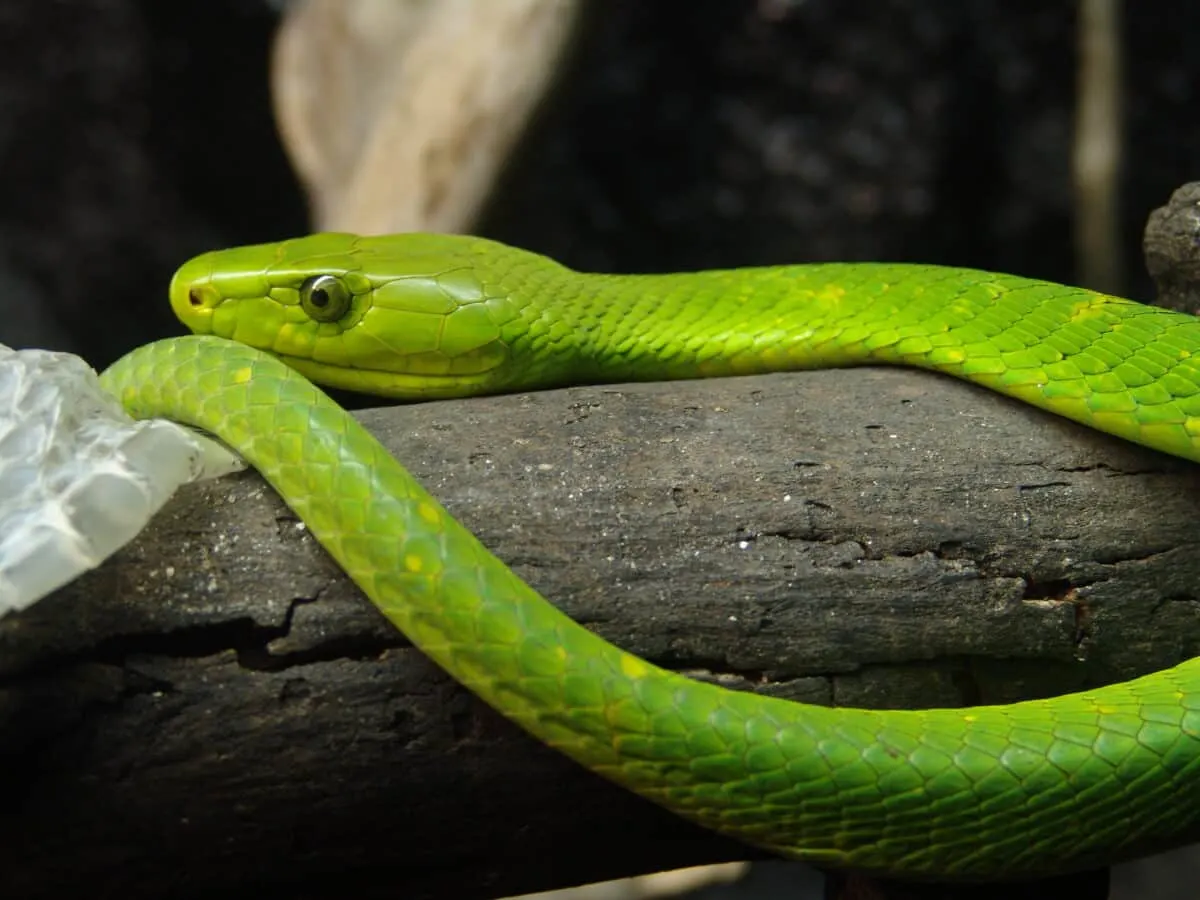
The Eastern Green Mamba, found in East African coastal regions, possesses venom rich in neurotoxins. Its striking green color allows it to blend into its arboreal environments, making it difficult to spot. While less aggressive than its relative the Black Mamba, it can still deliver a powerful bite.
5. King Cobra (Ophiophagus hannah)
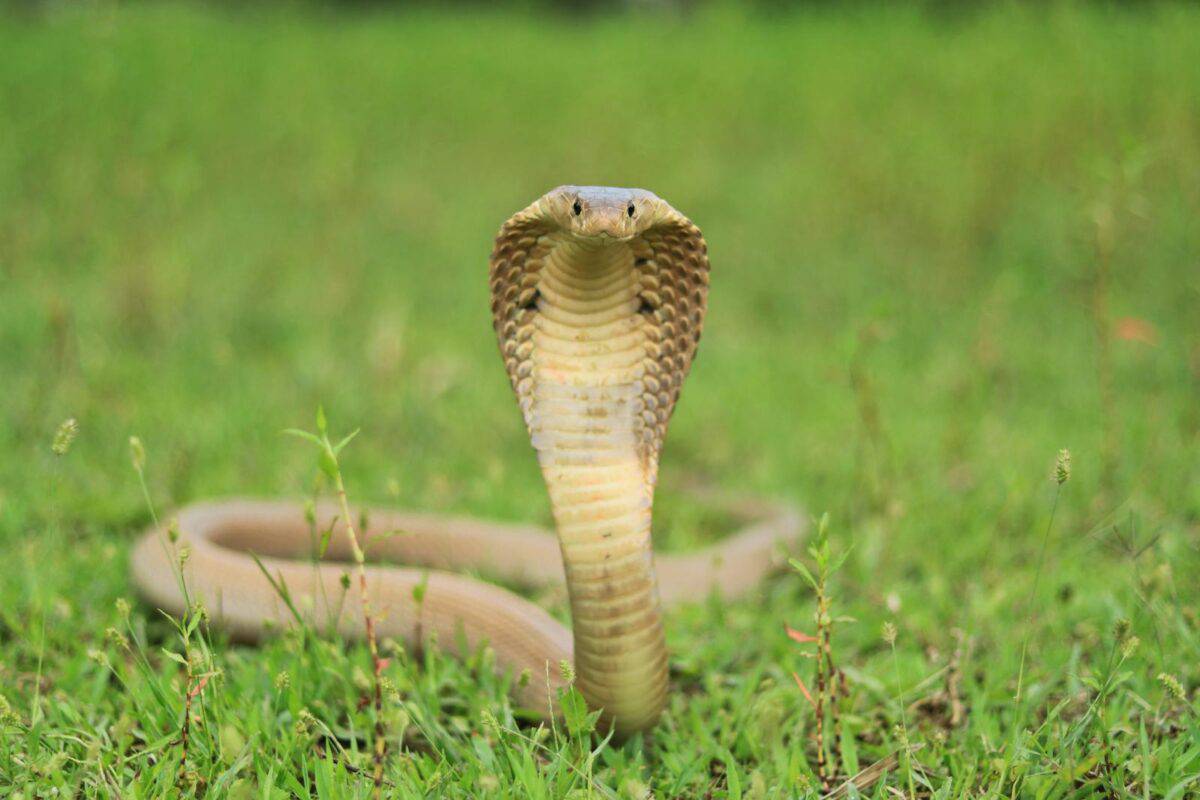
The King Cobra, found in forests across Southeast Asia and India, holds the title of the longest venomous snake, capable of reaching 18 feet. Its venom is less toxic than some on this list, but it can inject large quantities, making it extremely dangerous. These snakes primarily feed on other snakes, sometimes including their kind.
4. Belcher’s Sea Snake (Hydrophis belcheri)

Despite having one of the most toxic venoms known, Belcher’s Sea Snake is considered less dangerous to humans due to its gentle nature. Found in shallow waters of the Indian Ocean, this species only releases small amounts of venom when biting defensively, leading to few fatalities.
3. Many-banded Krait (Bungarus multicinctus)

Also known as the Taiwanese or Chinese krait, this snake is prevalent in Southeast Asia. Its venom contains powerful neurotoxins that can lead to paralysis. Nighttime hunters, they are often more active and dangerous during the evening hours, preferring to avoid human contact.
2. Boomslang (Dispholidus typus)
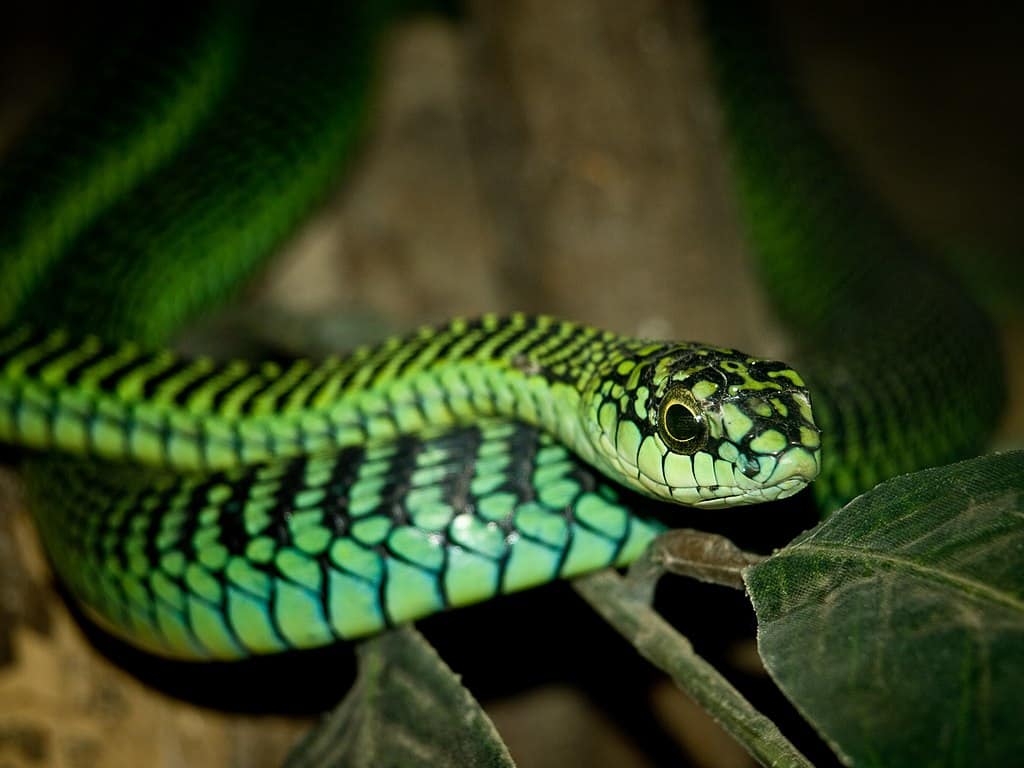
Native to sub-Saharan Africa, the Boomslang’s venom contains potent hemotoxins that can cause severe hemorrhaging. Though bites from this snake are rare due to its shy disposition, they can be deadly if treated inadequately, as the effects of the venom can be slow-acting.
1. Tiger Snake (Notechis scutatus)
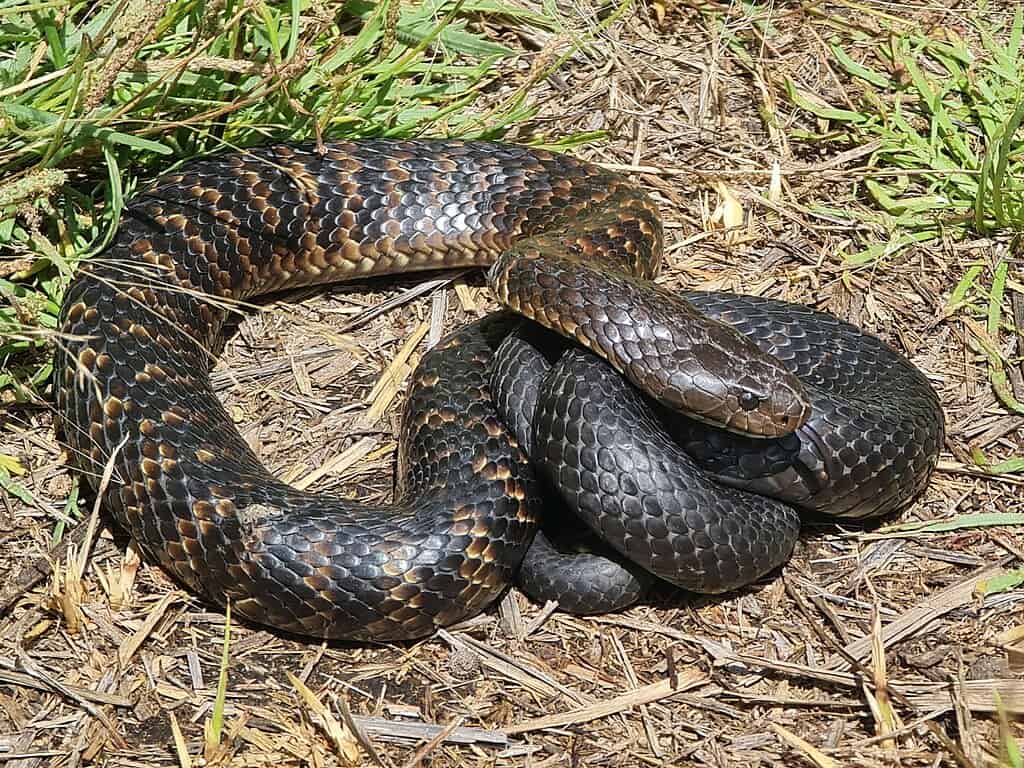
Found in southern Australia, Tiger Snakes have a distinct banding pattern similar to that of a tiger. Their venom is a complex mixture of neurotoxins and coagulants capable of causing paralysis and blood clotting disorders. Human encounters are relatively common, but fatalities are less frequent due to the immediate availability of medical care and antivenom in Australia.
Conclusion:

Understanding these snakes and the powerful venoms they wield emphasizes the need for respect and caution when in their natural habitats. While these snakes are indeed among the most venomous in the world, they play critical roles in maintaining ecological balance. Hence, it’s essential to appreciate their importance while ensuring personal safety around them. Knowledge, preparedness, and awareness are our best defenses against these fascinating but dangerous creatures.
- Jurassic World Dominion Dinosaurs - August 9, 2025
- 11 Signs a Rhino Is About to Charge - August 9, 2025
- 10 Common Chicken Behaviors and What They Mean - August 9, 2025

